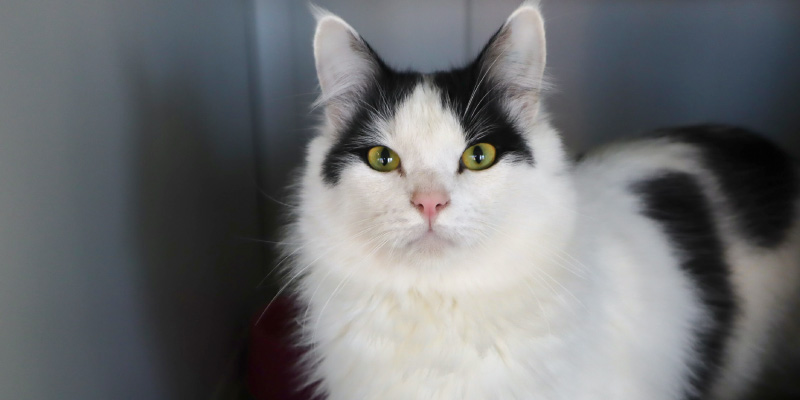Before you adopt and take your cat or kitten home from our Cat Adoption Centre, the team will give you a run down on our recommendations of good litter practices for a smooth transition for your cat and their litter box at home.
Sometimes your new feline friend will throw you a curve ball when in comes to settling in at home and their toileting habits so we have put together some FAQ about forming good litter habits at home.
How will my cat know where the litter box is?
It is recommended that when you get your cat home, you confine it to a room in the house where the litter box will be kept. We usually suggest keeping the cat in this area for 24 – 48 hours to settle in and adjust to the new environment without having a whole house to contend with. When your cat is ready to venture out and explore more of its new home, it will have become familiar with the litter box in this room. It will also associate this space as a safe zone to return to if they become overwhelmed within the house. If your cat begins to toilet outside the litter box around the house, go back to confining in the room again until they are again using their litter box consistently.
We already have a cat at home; can they share a litter box?
It is recommended that a litter box is provided for each cat. Two cats – two litter boxes.
What type of litter do I use?
There are many types of litter products on the market and what works for one cat, doesn’t for the next. Through trial and error you will find what products you prefer. While in the shelter, your cat will have been using Cat Mate Wood Pellets. If you have adopted a kitten, we do recommend steering clear of clumping and crystal type litter and opt for a natural, pellet-based litter that is less likely to be inhaled or ingested by a playful kitten.
Help, my cat isn’t using their litter box, what do I do?
Follow these steps:
- Ensure that it is clean. Cats are very clean creatures and if the litter box is dirty, they may opt for an alternative location which may be somewhere you aren’t too happy with. Depending on the litter product, cleaning may vary but as a minimum, the litter box should be scooped of solids daily and full changes when required.
- Make sure the litter box is big enough; cats appreciate space in their box to scratch, scrape and cover their business so the more space to do so, the happier the cat will be.
- Don’t use strong chemicals to clean the litter box, especially citrus and pine smelling products. Cats have a huge aversion to these strong smells so it might be making the litter box unwelcoming.
- Still having trouble? We have found great success in sprinkling some dirt from outside in their litter box to encourage their natural instincts of digging and going to the toilet.
- If your cat continues to avoid their litter tray and goes to the toilet elsewhere in the house, we recommend that consult your vet for advice and to rule out any underlying medical issues causing their troubles.
